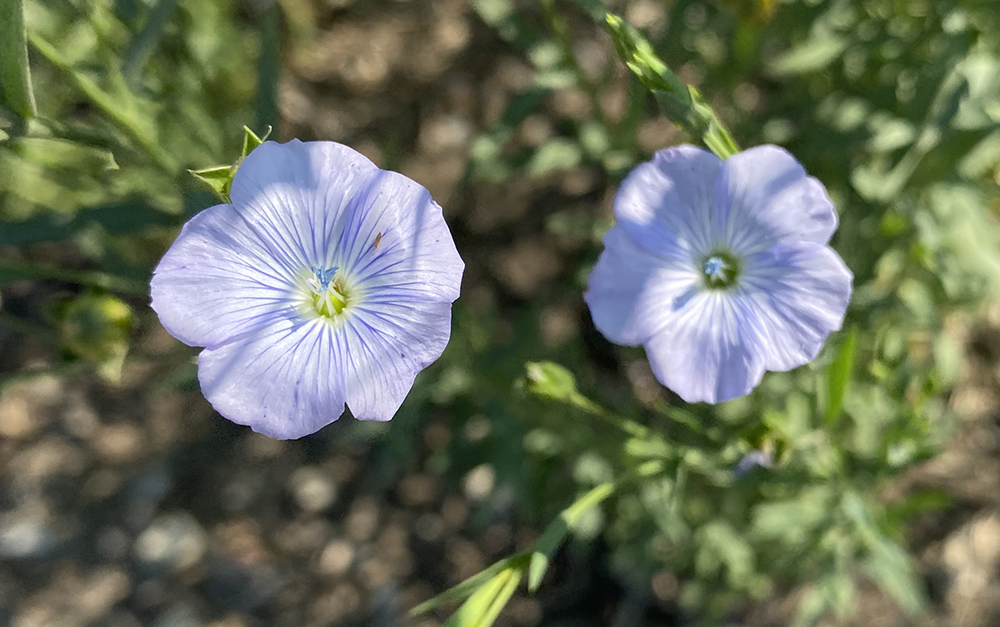SASKATOON — Canada’s flax exporters are closely monitoring the European Union market this year.
“It’s going to be very interesting to see what happens now with the EU imposing tariffs on Russia,” said Tyson Fehr, procurement and marketing manager with Prairie Premium Products Inc., a flax processor in Portage la Prairie, Man.
Related stories:
Russia shipped 400,668 tonnes of flax to the EU in 2023. That flax will need to find a new home due to the EU’s punitive duties.
Read Also

Crop quality looks good this year across Prairies
Crop quality looks real good this year, with the exception of durum.
“That could potentially open up some doors for Canadian flax, but we haven’t seen a whole heck of a lot (of business) as of yet,” he said.
Kazakhstan’s flax could also get caught up in the trade spat because it travels through Russia to get to the EU.
Fehr said the industry is trying to figure out if it can trust the origin of that flax considering Russia’s conundrum.
Canada should have a decent crop of flax to sell. Statistics Canada estimates acreage is down 16 per cent compared to last year, but the flax that was seeded is off to a good start.
Fehr said some flax growers were forced to switch to canola or to make an insurance claim due to excess moisture, but he thinks the government’s acreage estimate seems about right.
Growers were panicking about the lack of subsoil and topsoil moisture coming out of winter, but not anymore.
“Pretty much across the country now, I think we’re seeing that those worries have been alleviated,” he said.
Fehr has heard Russia’s flax crop is suffering along with its wheat crop because of drought in its southern region.
“There are also some areas in Kazakhstan that are also quite dry, we’re hearing,” he said.
Talgat Aldazharov, managing partner of Aitas Agro, a company that farms 86,450 acres of cropland in Kazakhstan, estimates farmers in that country planted 2.47 million acres of the oilseed this year.
That is up from 1.79 million acres last year, a 38 per cent increase, he told delegates attending the recent VegOils & Meals Trade conference, according to an article published by APK-Inform.
Flax showed better profit potential than other crops at seeding, and there is growing demand from China for Black Sea flax.
Kazakhstan’s acreage fell in 2023, largely because of stringent pesticide maximum residue level limits imposed by the European Union, as well as poor prices for the crop that year.
While 2024 is a rebound year, it won’t reach the lofty levels of the 3.31 million acres planted in 2022.
The EU is still one of the main destinations for Kazakh flax, but China is becoming a popular alternative.
“This market has a lower price, but on the other hand, lower logistics costs and more lenient quality requirements,” Aldazharov said, according to the APK-Inform article.
He expects stiff competition from Russian flax in the Chinese market due to the EU tariffs on Russian grain and oilseeds.
Aldazharov is also forecasting a decrease in flax supplies from Russia due to the drought in the south and killing frosts in central regions.
Contact sean.pratt@producer.com


















